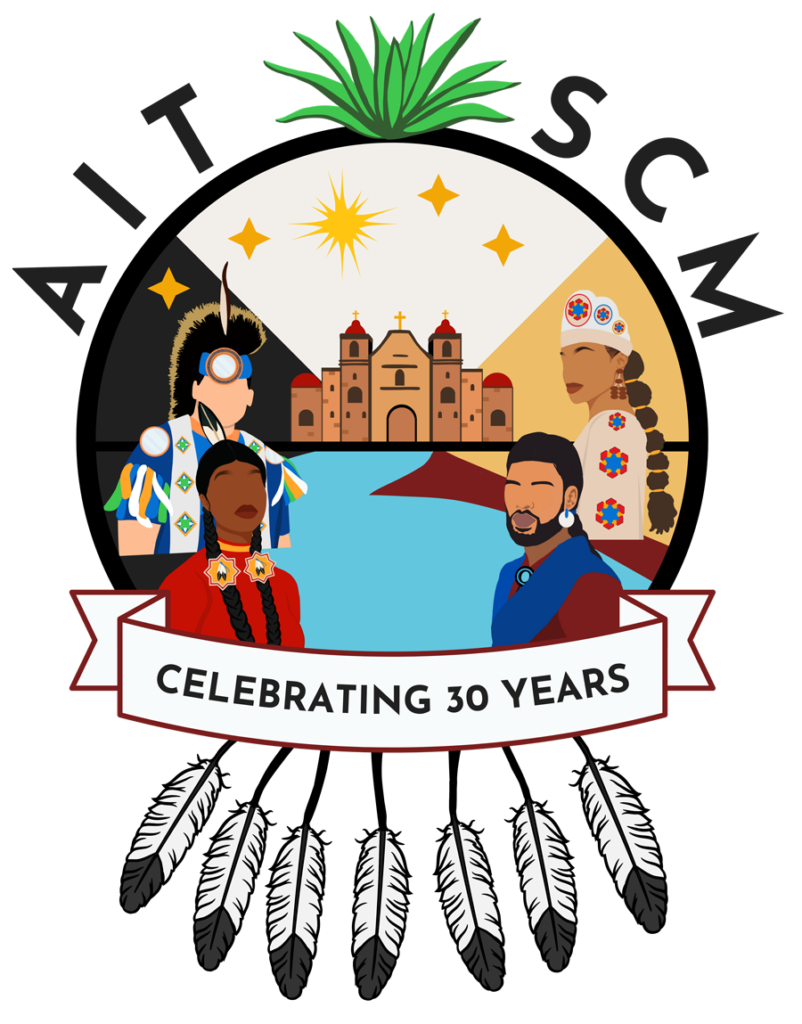Original Publication: San Antonio Express-News (TX)
Richard A. Marini Staff Writer
Staff Writer
Twelve thousand years ago, the area around what is now known as San Antonio must have been something of a paradise for the small bands of hunter-gatherers who would pass through on a seasonal basis.This was the tail end of the Pleistocene, colloquially referred to as the Ice Age. The weather was cooler back then and ice sheaths, which had advanced so far south they covered much of North America, had driven big game into the area. So the bands of pre-history Paleo-Indians, likely consisting of extended families numbering up to about 20 each, would follow the migrating herds of manunoth, mastodons, giant sloths and even sabertooth tigers. Scattered Clovis and smaller Folsom spear points attest to their presence throughout much of the area.
“We know they passed through here, but we don’t know how far they traveled, although there are plenty of theories,” said Kay Hindes, city archaeologist of San Antonio.
According to the city’s Office of Historic Preservation website, sites in Bexar County where important artifacts from the Late Paleo-Indian era have been found include Pavo Real (where Loop 1604 passes over Leon Creek), the Saint Mary’s Hall area, the Richard Beene site (where a dam spillway was excavated for the since-abandoned Applewhite reservoir south of San Antonio), and the more recently excavated Chandler site, along Culebra Creek in far West Bexar County.
As the world warmed and a more modern environment emerged around 10,000 years ago, the Paleo-Indian population increased. There is widespread evidence of habitation throughout the region during what’s known as the Archaic period.
“This is when we also start seeing cemetery sites,” Hindes said.
These burial sites indicate that, as the populations grew, larger bands of indigenous people increasingly came in conflict with one another and had to defend their territories.
But contact didn’t always result in warfare. Shale and shells from the coast that have been found at habitation sites such as those near the Olmos Dam indicate that a good deal of trading also occurred among groups. The former was used as tools, the latter for necklaces and other personal decoration. Apparently man was narcissistic very early on.
The bands also would come together to harvest tuna , more commonly known as prickly pear.
“That must have been a good time when all the clans would gather for the harvest,” said Ramon Vasquez of the group American Indians in Texas at the Spanish Colonial Missions.
About 2,000 years ago, during what’s known as the Late Prehistoric period, there was an important technological shift as the bow and arrow replaced what was basically a hand-held catapult called an atlatl. At the same time, a warming climate caused large game to disappear, so bison hunting became more prevalent. These changes made large spear points superfluous, so they they tended to become smaller.
Eventually the bison became so important to the well-being of the plains Indians that today they’re cheekily referred to as “Walmarts on hooves.”
It was also during the Late Prehistoric period that pottery and other distinctive artifacts began to appear.
“These people made hand-coiled clay pottery that was bone-tempered,” Hindes said. “This was much more sophisticated than what came before.”
The arrival of the Spanish into the region in the late 17th century ushered in the Historic period, meaning there are written records to rely on.
Although today the Native Indians in the area are collectively called Coahuiltecans, they likely didn’t call themselves that. Instead, the name derives from the language spoken by many, but not all, of the clans in the region, according to Thomas R. Hester, an archaeologist and professor emeritus of anthropology at the University of Texas at Austin.
As the mission system developed, some of the Native Indians entered them willingly, others came under a military escort, still others came looking for sanctuary from more warlike tribes, in particular the Apaches and Comanches who had migrated into the region over the previous decades from western Canada, the Rockies and the northern Plains.
“Interestingly, many of the mission Indians were not native to South Texas, but arrived from northeastern Mexico in advance of the Spanish diseases that were leapfrogging from one group to another,” said Hester. Those diseases included smallpox and cholera.
Although they spoke a similar language, these clans had different names for themselves and a roster of the Indian groups who lived in or near the missions the Spaniards eventually built contains almost 70 names. While many are familiar, others, such as the Gegueriguan, Orej6n and Zacuestacan, remain obscure.
The groups were organized into small to moderately sized bands of hunter-gatherers. In addition to Coahuiltecan, scholars have found evidence of at least six other languages in the region.
Over the decades, the mission Indians and the Spanish intermingled and became one.
“It’s absolutely possible that a number of mission Indian groups were absorbed into the Spanish population during the early 1800s,” said Hester. “A lot of people in San Antonio today can make the claim that their ancestors were mission Indians.”
rmarini@express-news.net
Twitter: @RichardMarini
